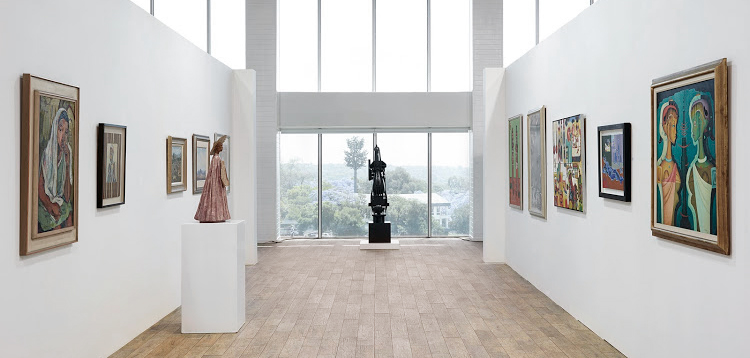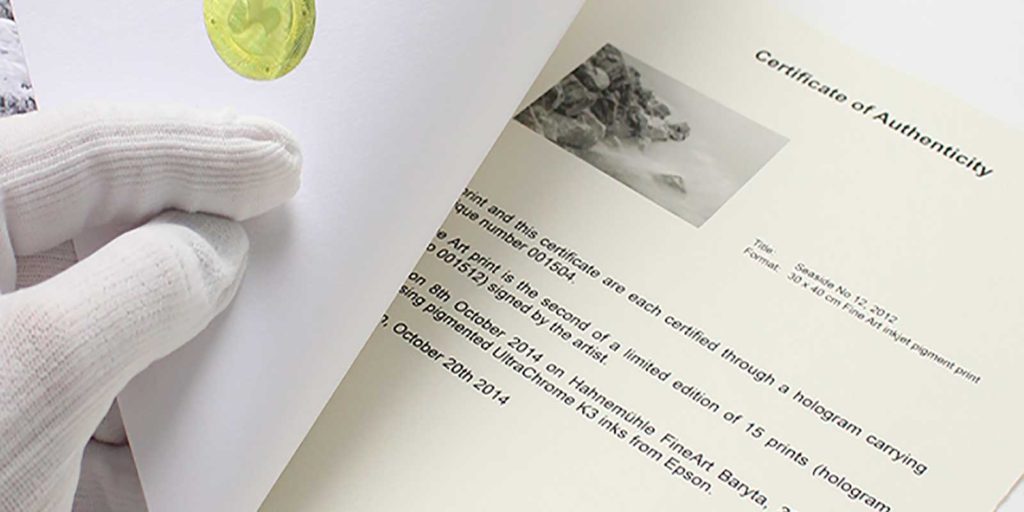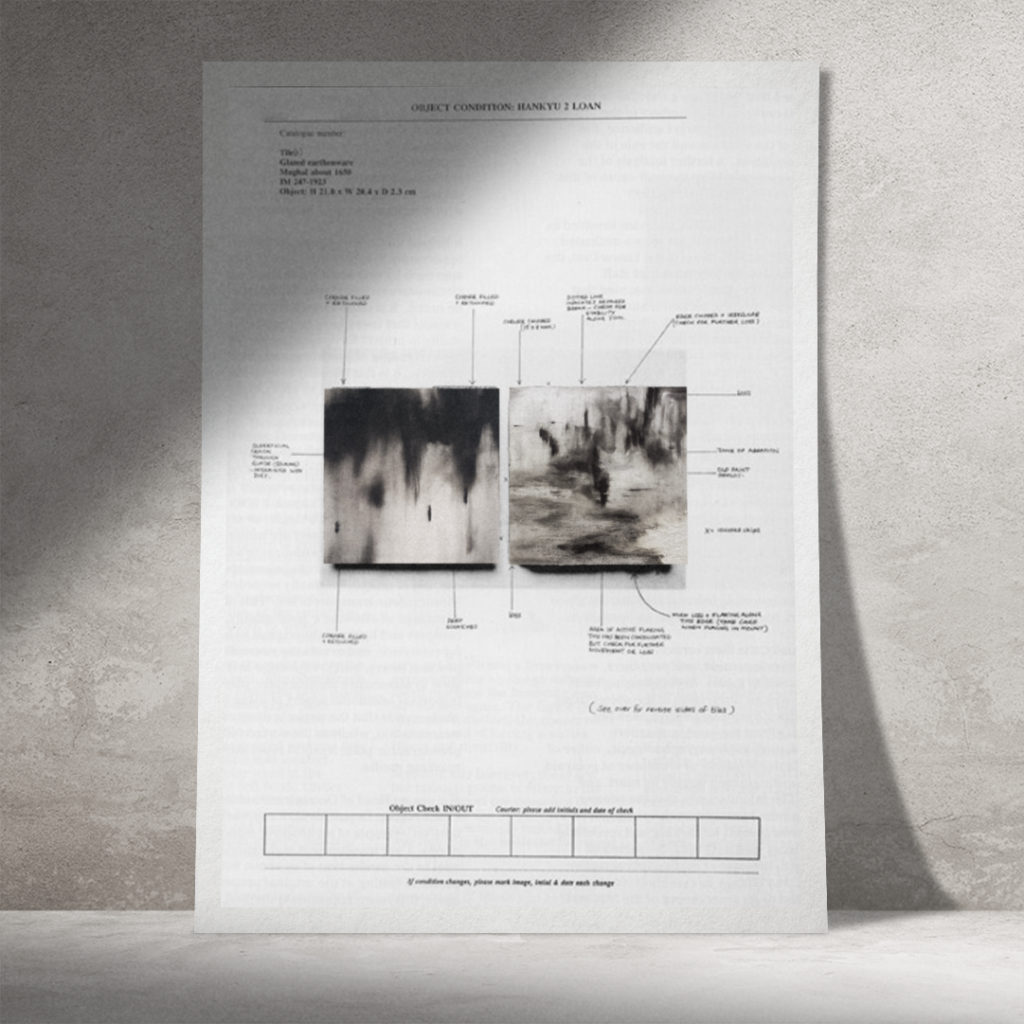

ESSENTIAL DOCUMENTS FOR ANY ART COLLECTOR


Supporting documentation for your art collection has become paramount in today’s art market. In order to guarantee a return on investment, certain documents should be obtained by the collector when purchasing a new artwork.
Whether an artwork is being bought from a gallery, an art fair, an auction house or through a private sale, it is essential to request the paperwork that supports this transaction.
The cur8.art team has drawn up a list of essential documents that would add considerable value to the artworks in your collection:
1. Documents supporting provenance
A word that has increasingly surfaced with regards to the valuation of artworks is that of provenance. Tracking an uninterrupted chain of ownership that links back to the artist’s studio. In recent years, the documentation used to prove provenance is becoming more and more scrutinized due to the amount of forgeries that exist on the art market. Hence, recording purchases with precision and proving the provenance of an artwork have become essential to collecting.
If the purchase is taking place through a gallery or directly with the artist, request a Certificate of Authenticity – a crucial supporting document for any artwork. If the artist is living, this hand-signed document should accompany the artwork. Alternatively, the gallery representing the artist can produce this document to guarantee the authenticity of the work.
If the purchase is taking place through an auction house, request a provenance report as the auction house will often do thorough provenance research before the sale of an artwork. Try to find out as much information as possible concerning the history of the artwork, for example:
- Previous owners and their full names
- Entire auction history of the artwork


REQUEST A CERTIFICATE OF AUTHENTICITY – A CRUCIAL SUPPORTING DOCUMENT FOR ANY ARTWORK. IMAGE FROM ARTRIGHTS.ME
2. Proof of purchase
A bill of sale is an essential document for any art collector because it represents proof of ownership. Requesting and preserving all receipts showing proof of purchase have become an imperative part of collecting art as it guarantees the possibility to resell. In current times, it has become extremely difficult to sell a valuable piece of art without proof of ownership.
Struggling to keep track of all this paperwork? Let cur8.art help you by digitising it and uploading it to our platform where it can be managed and categorised.


3. Condition reports
Condition reports are especially applicable to any artwork that is purchased on the secondary art market as it has already passed through the hands of a previous collector and the artwork would inevitably have aged since its creation in the artist’s studio.
All auction houses are responsible for providing a detailed condition report specifying the condition of a given artwork on sale.
A comprehensive condition report will usually mention the following:
- The overall condition of the artwork
- Any restorations or repairs
- Fragile or damaged areas
These documents are incredibly useful should there be damage to or loss of an artwork in your collection resulting in a subsequent insurance claim that would need to be submitted.
Read here for more on art insurance and how it works.
Furthermore, condition reports on each artwork will help you maintain your collection over time. Long-term care is essential for works on paper that often need restoration with age or sculptural works that may need polishing and cleaning. Never loose track of what previous restorations have been done, how much they cost you and when maintenance on your collection may be due in the future.A comprehensive condition report will usually mention the following:
Collecting art is not only enjoyable, it is an investment.
Protect and maintain your collection to get the most out of your investment.


COLLECTING ART IS NOT ONLY ENJOYABLE, IT IS AN INVESTMENT

CONDITION REPORTS ARE ESPECIALLY APPLICABLE TO ANY ARTWORK THAT IS PURCHASED ON THE SECONDARY ART MARKET
4. Literature
Another key way to add value to your art collection would be to record all literature and references relating to a particular artwork.
This may include the following:
- Exhibition/auction catalogues
- Articles/publications referencing the artwork or artist
Would you like assistance gathering information about an artwork that is already in your collection?
Contact cur8.art and our team of specialists will help you fill in the gaps – whether it be researching literature, investigating provenance or providing a detailed condition report on your precious artwork. Would you like assistance gathering information about an artwork that is already in your collection?
Let us help you protect your investment.




